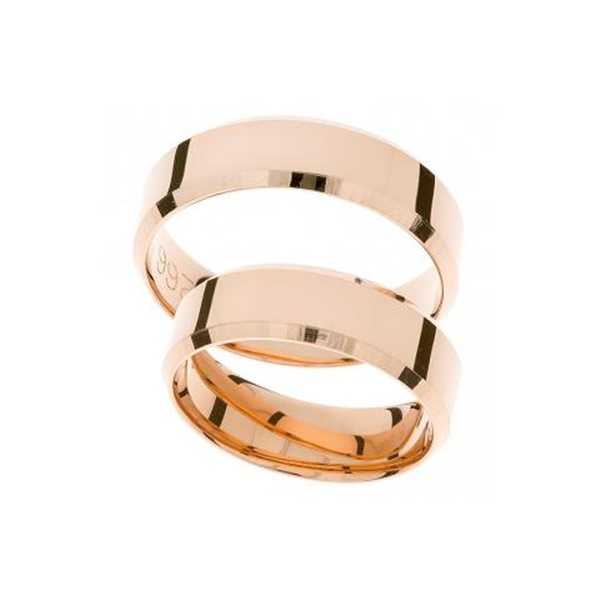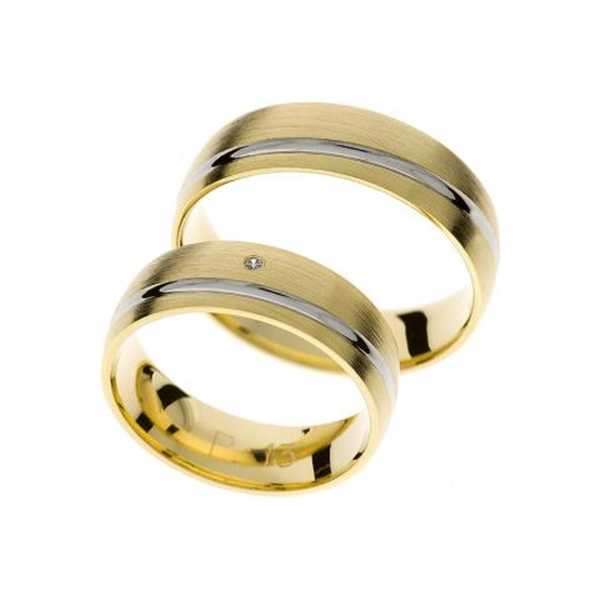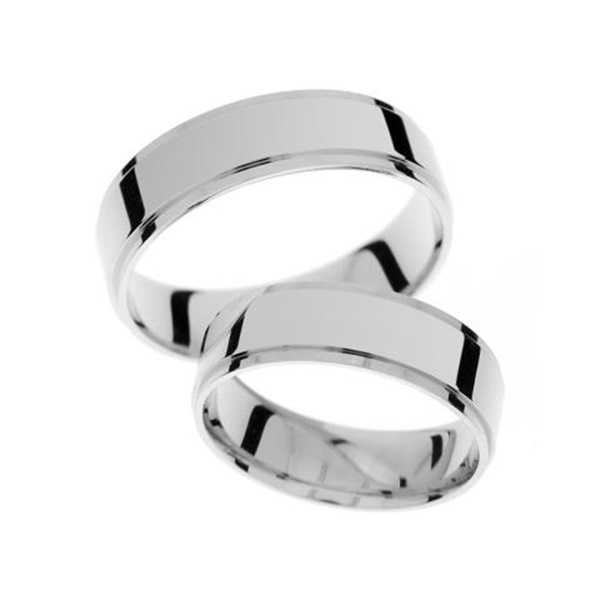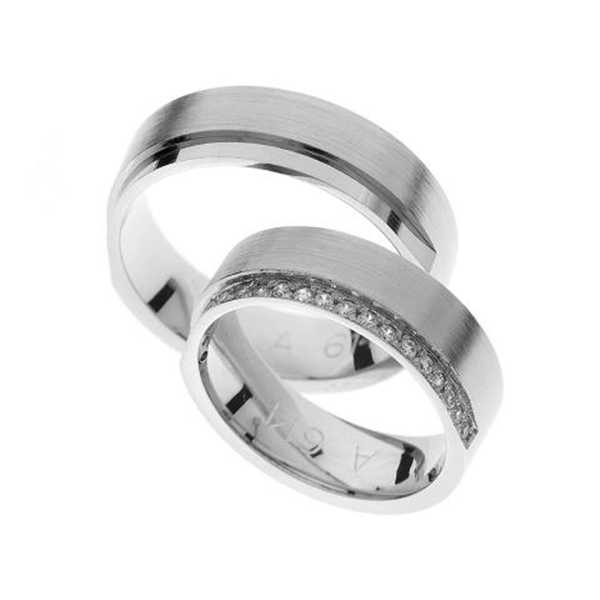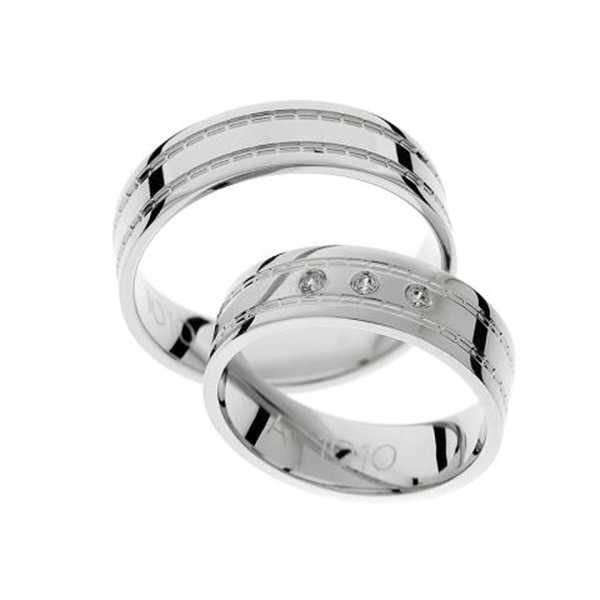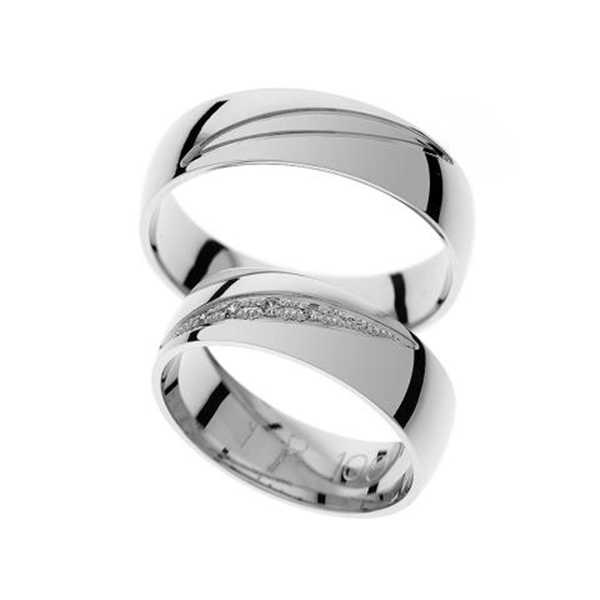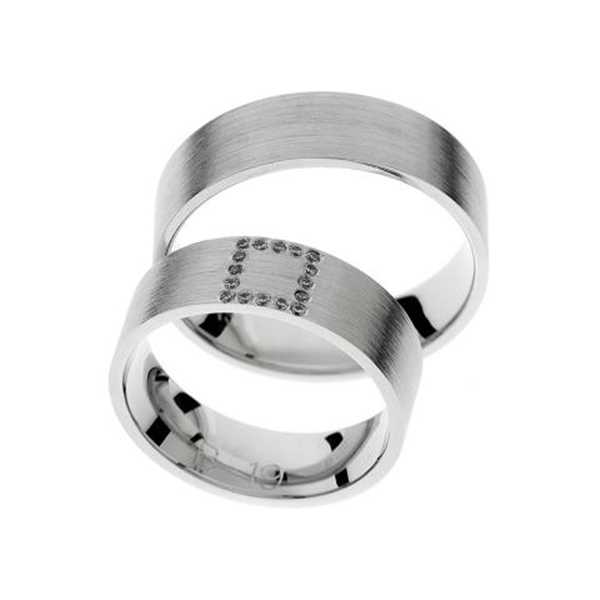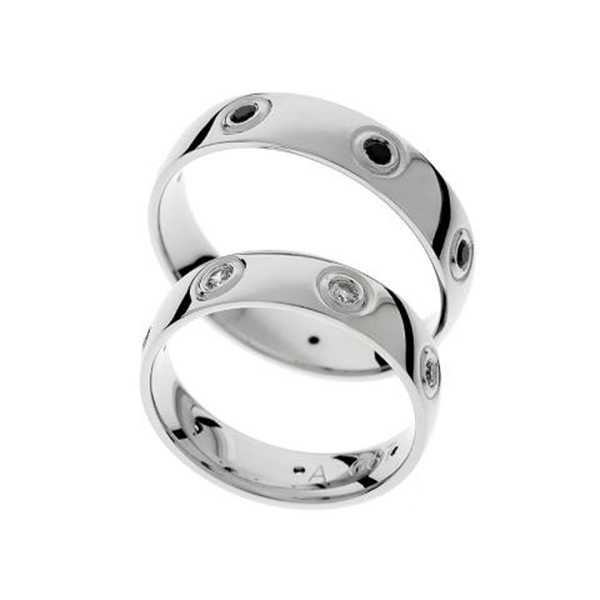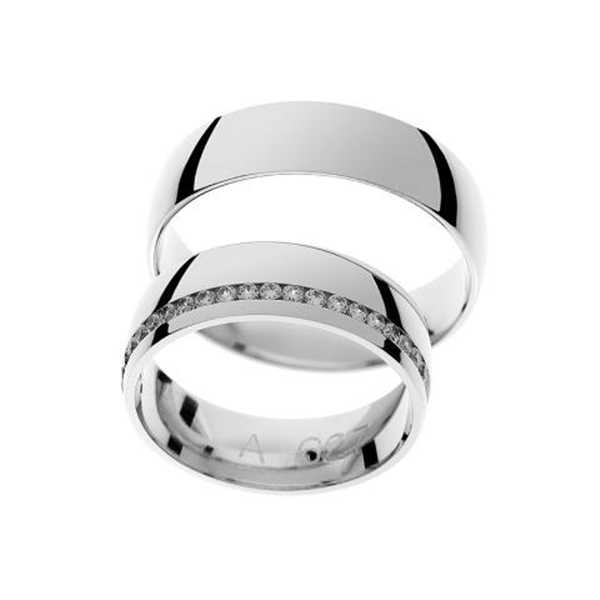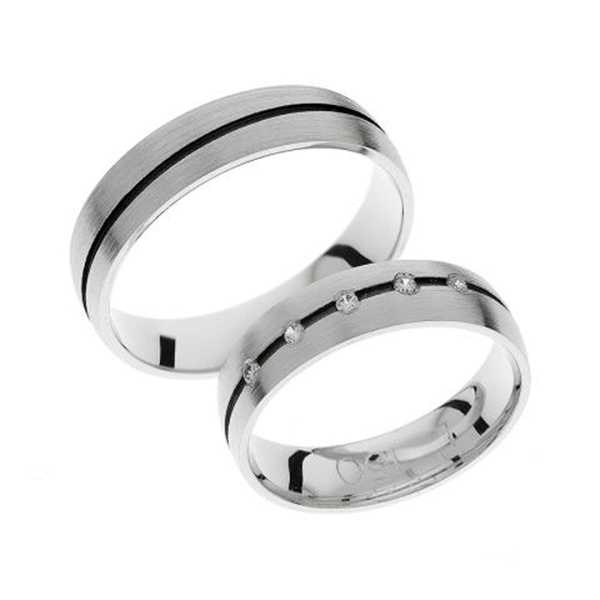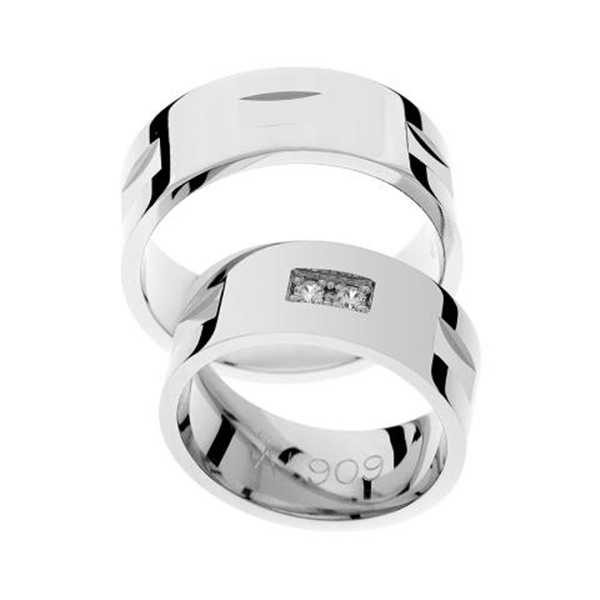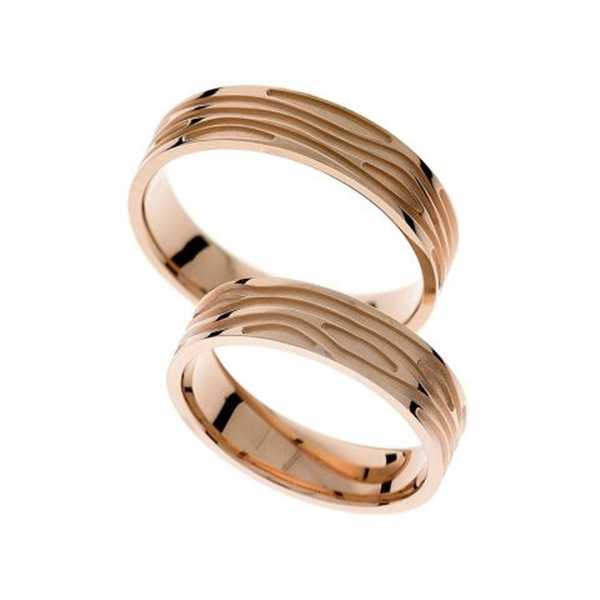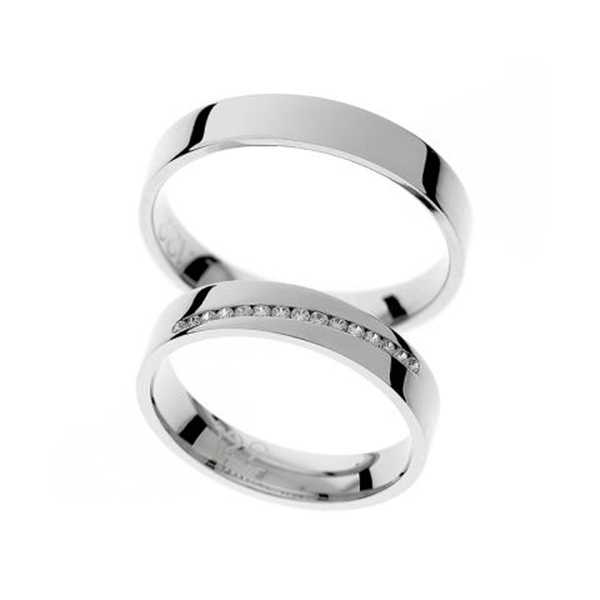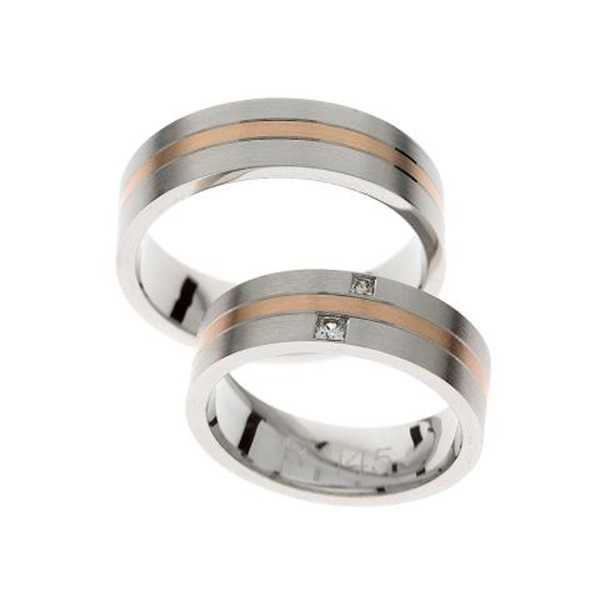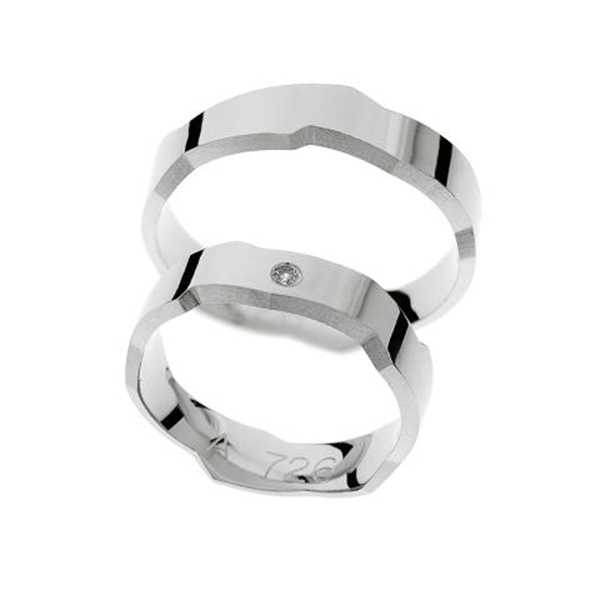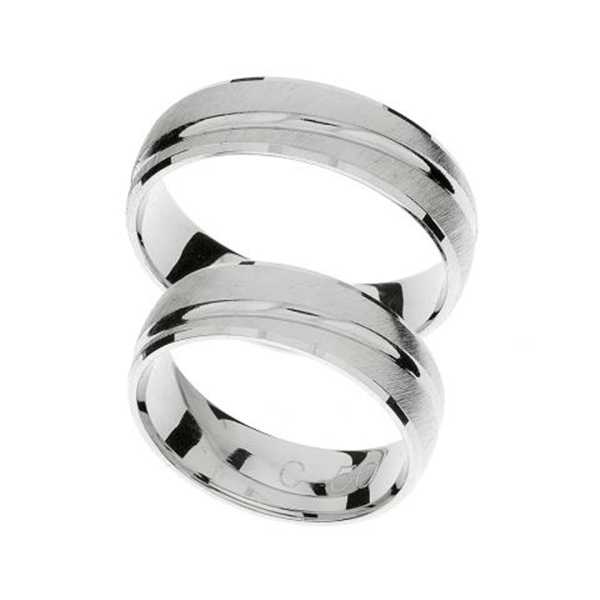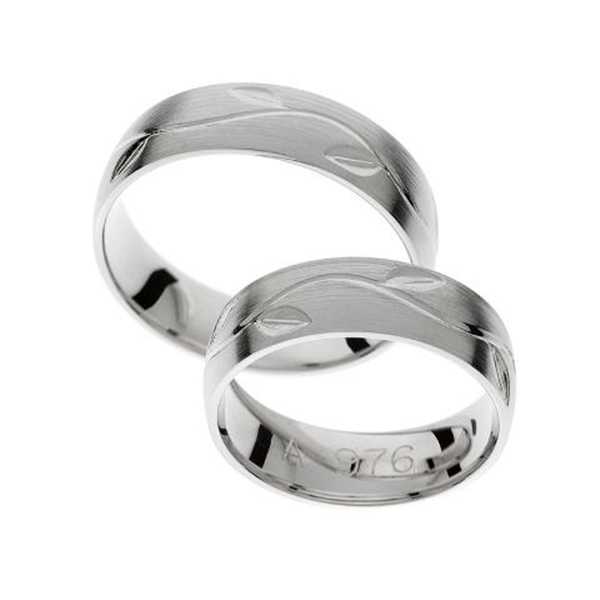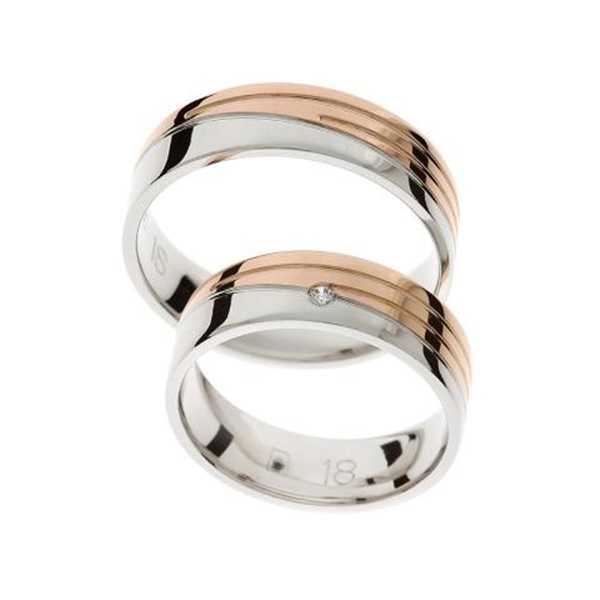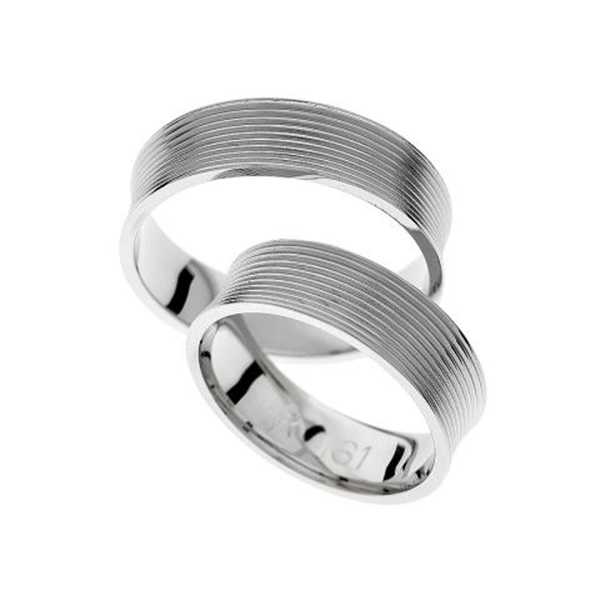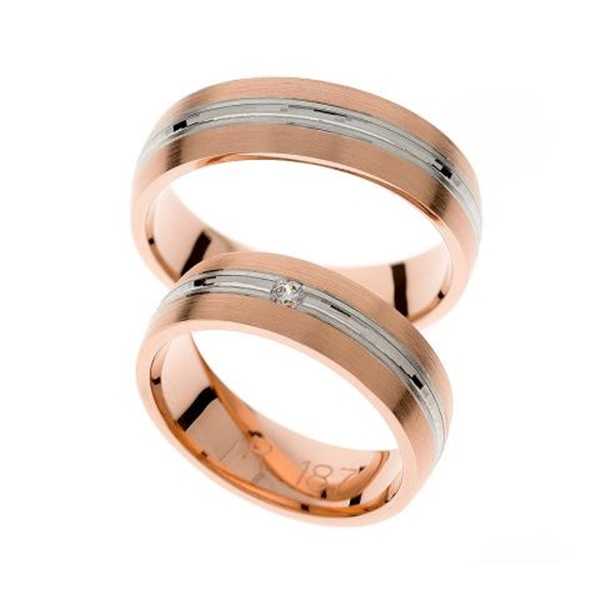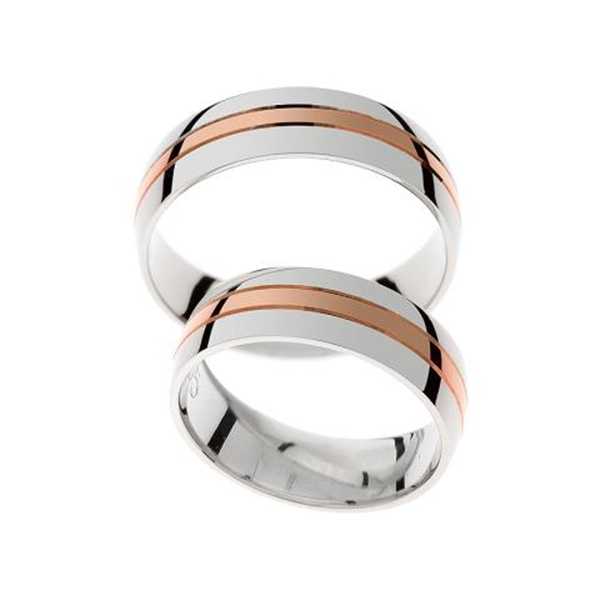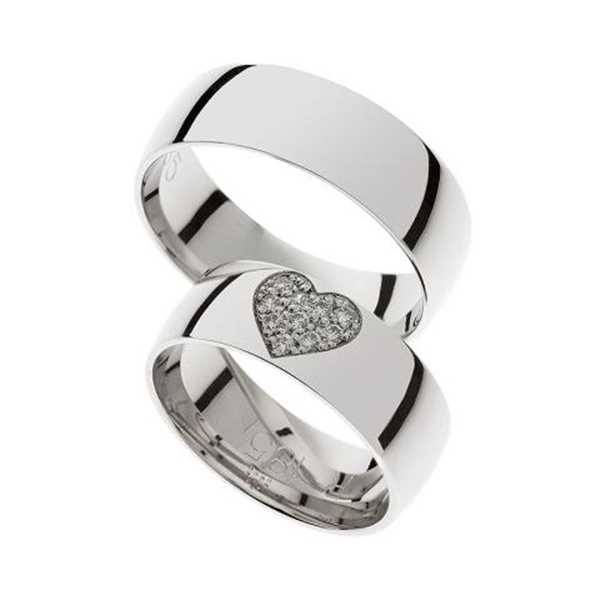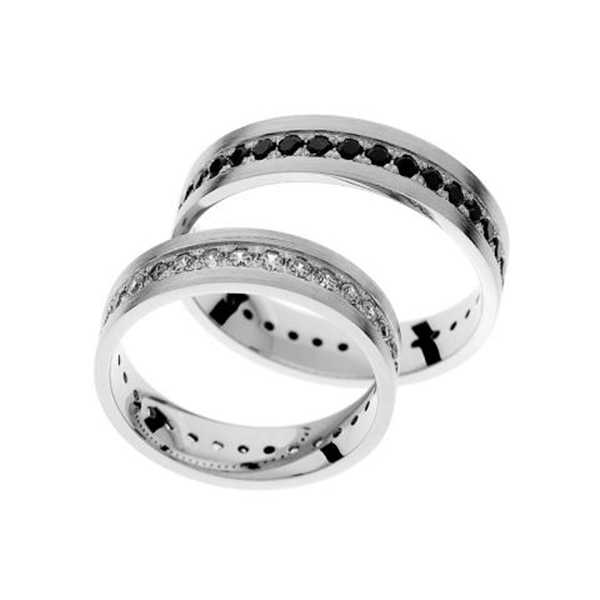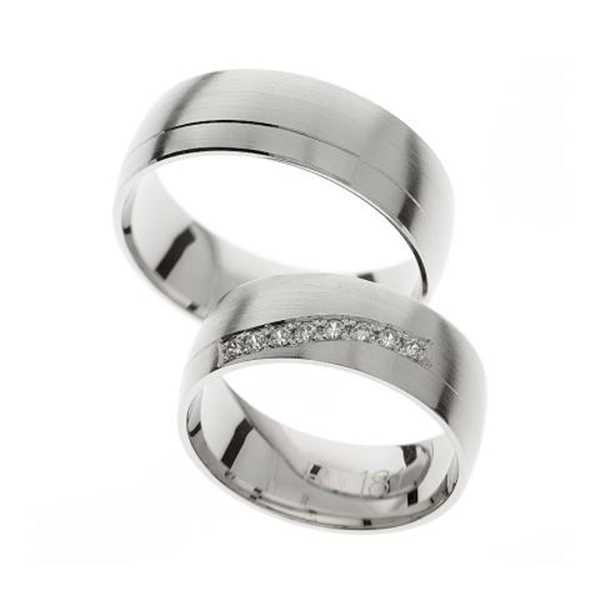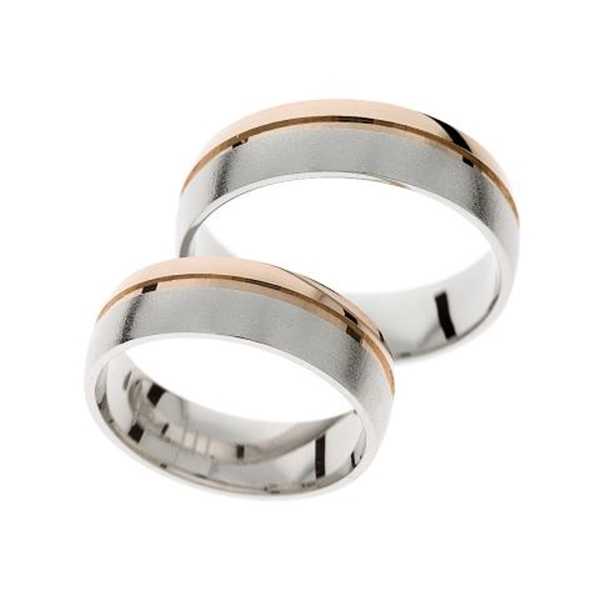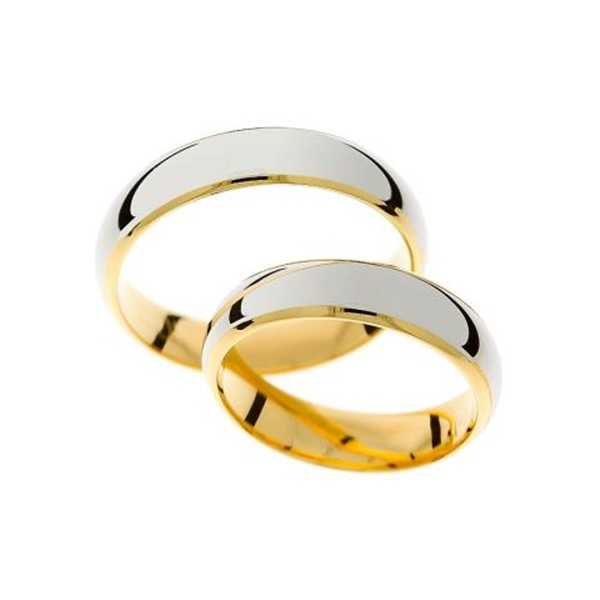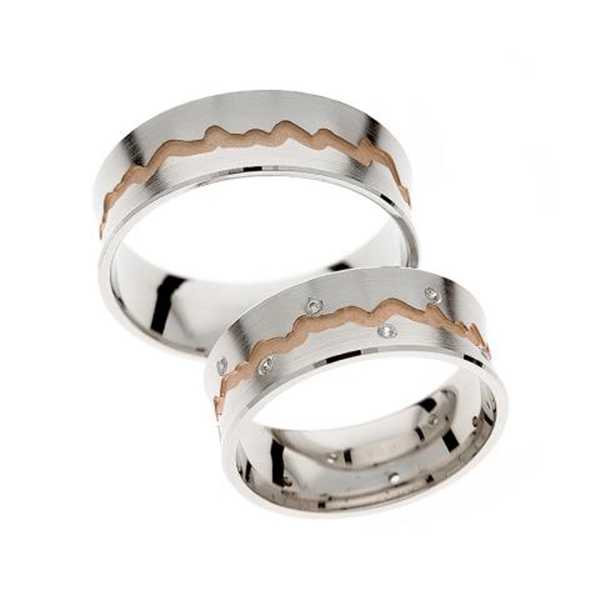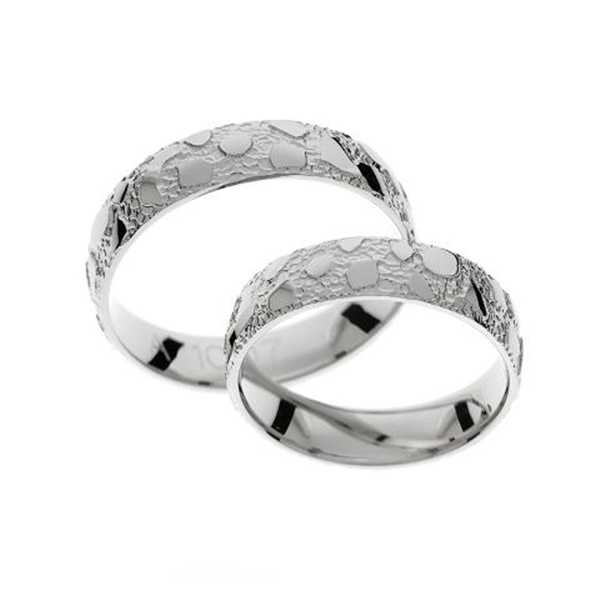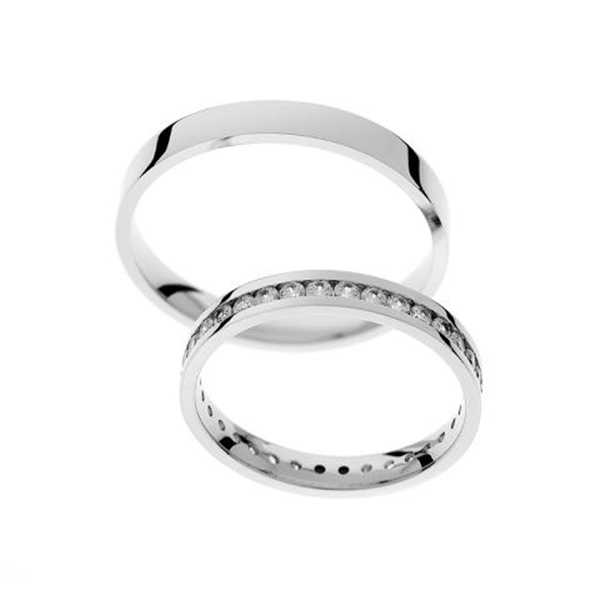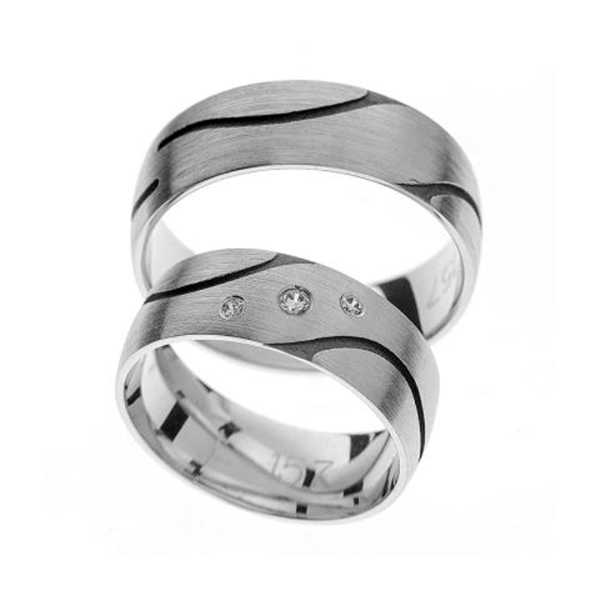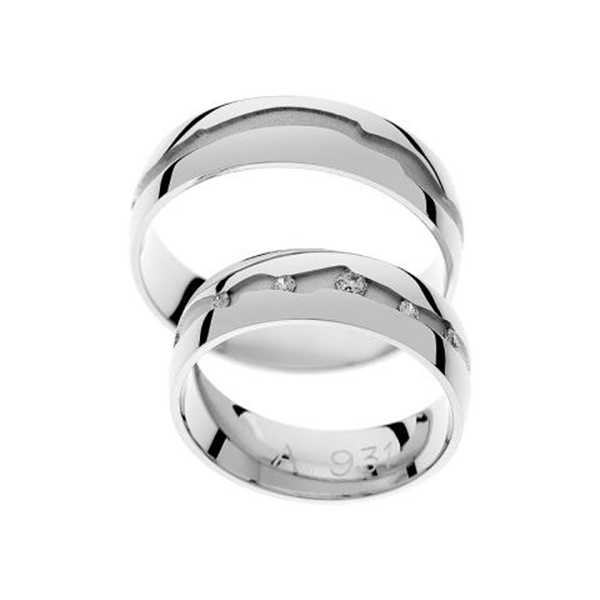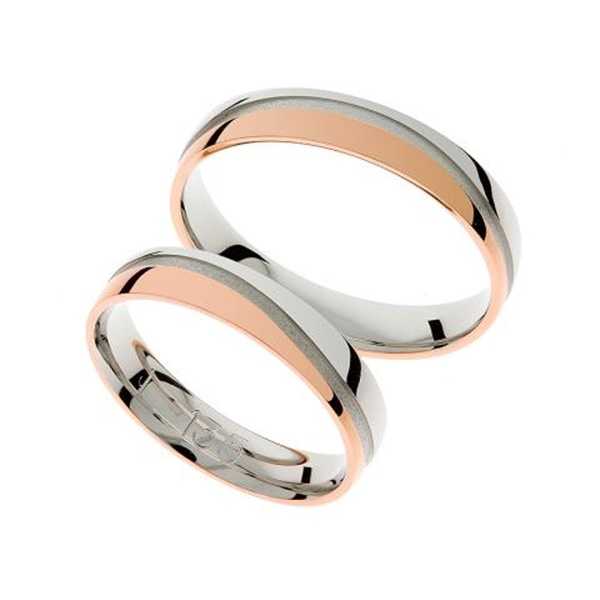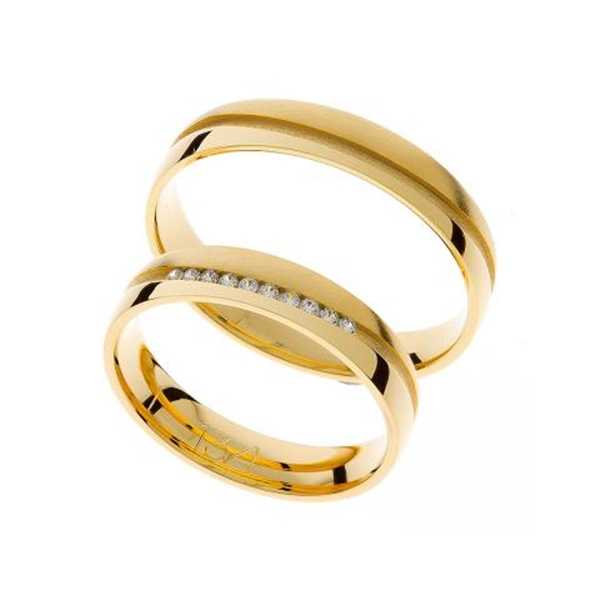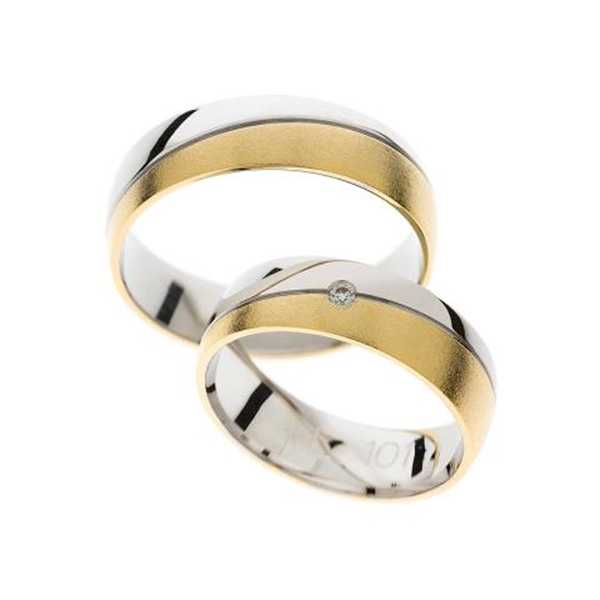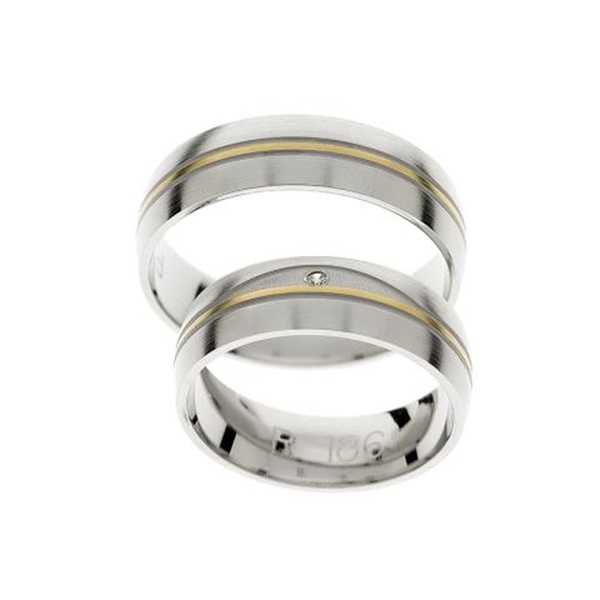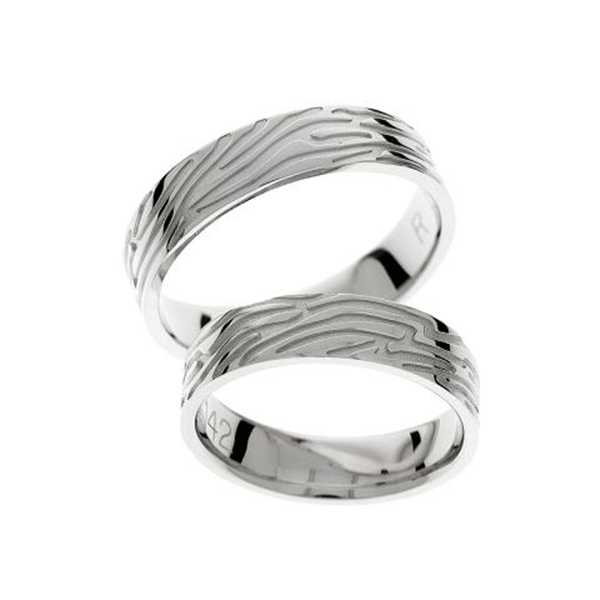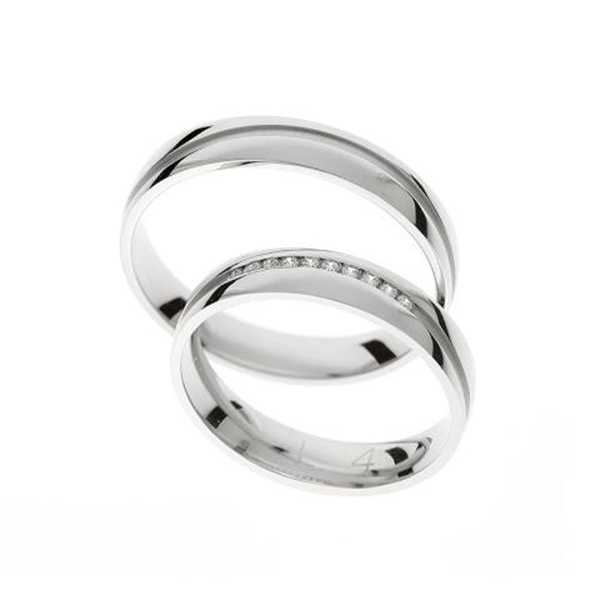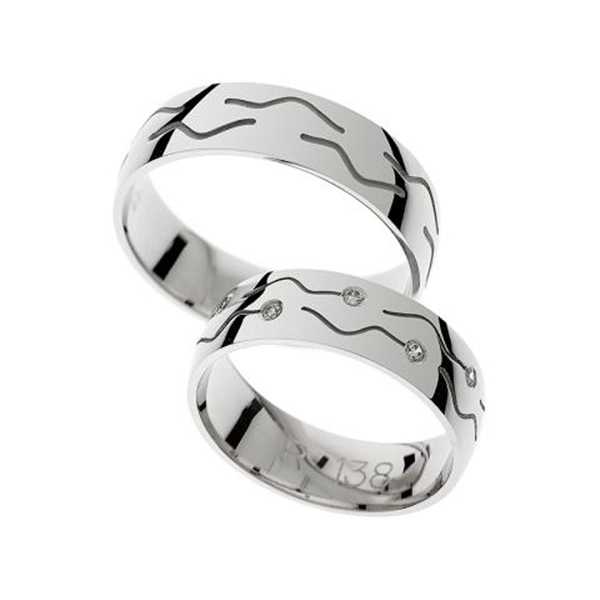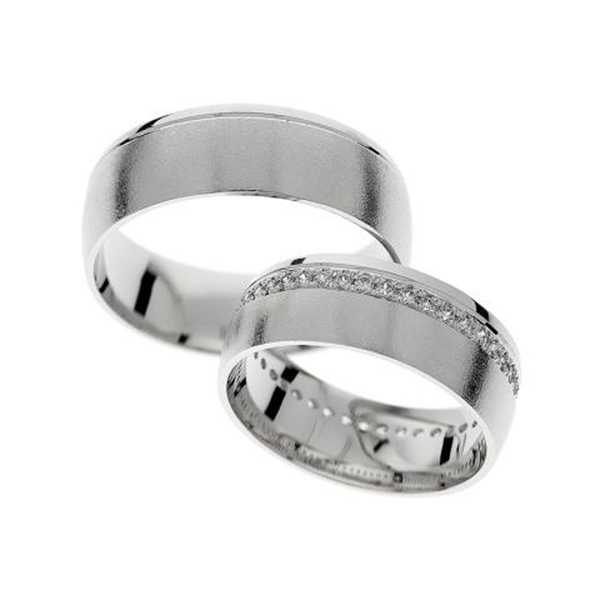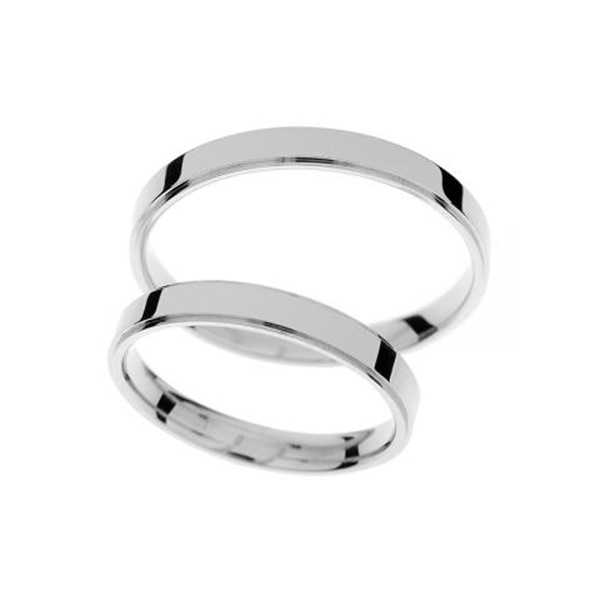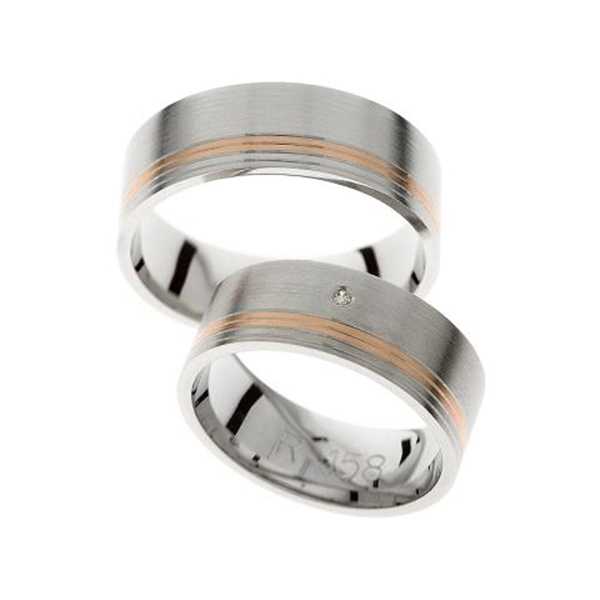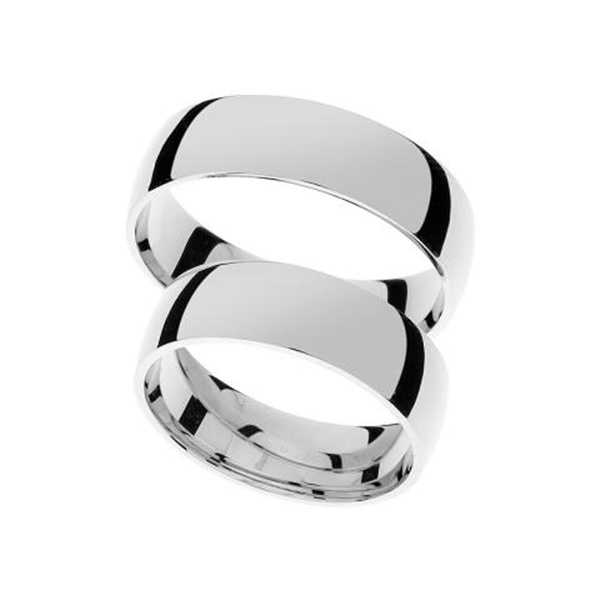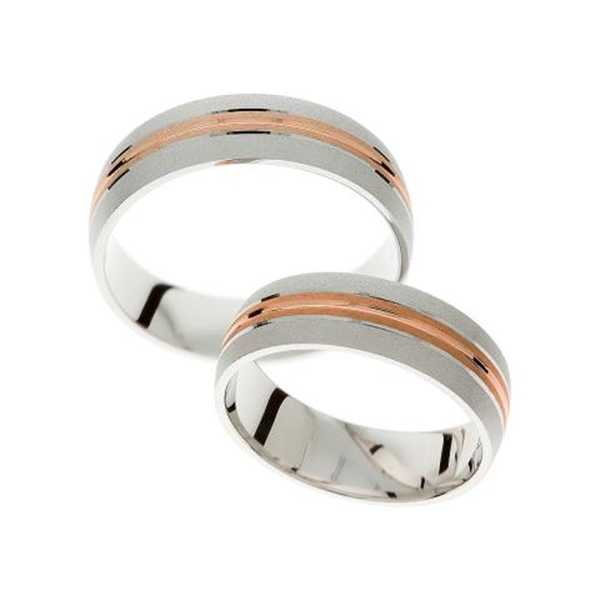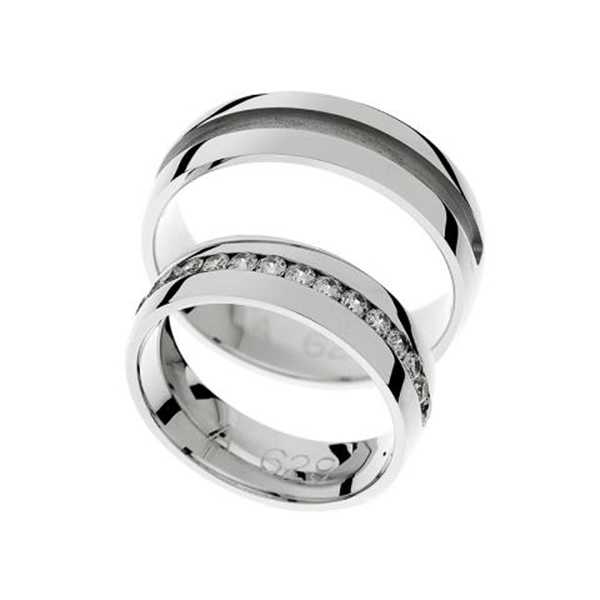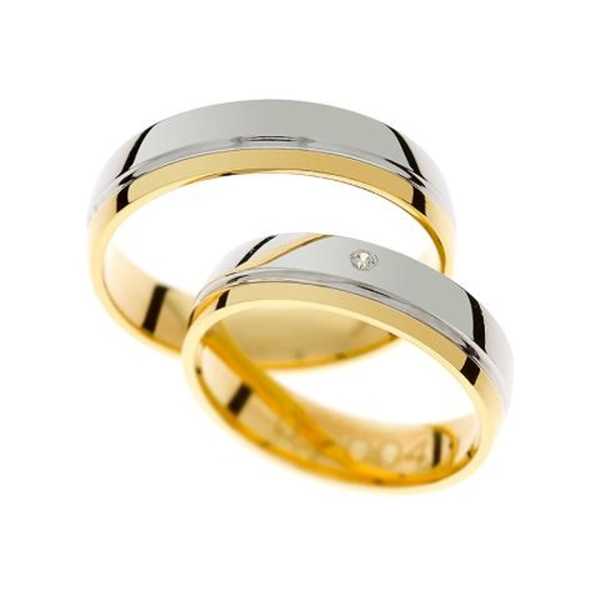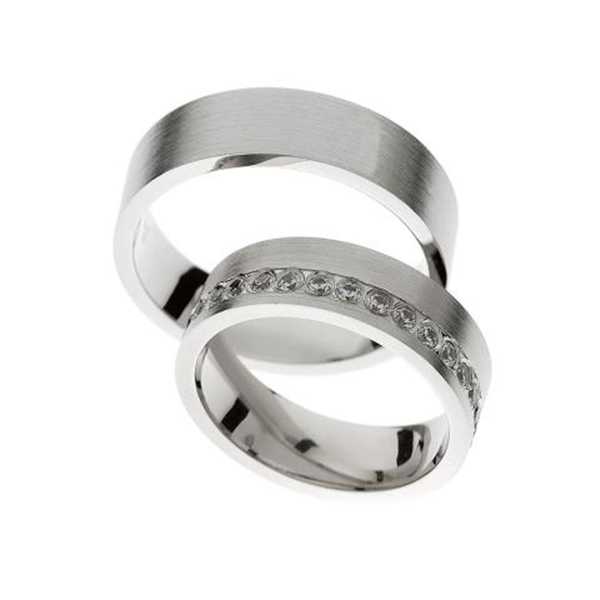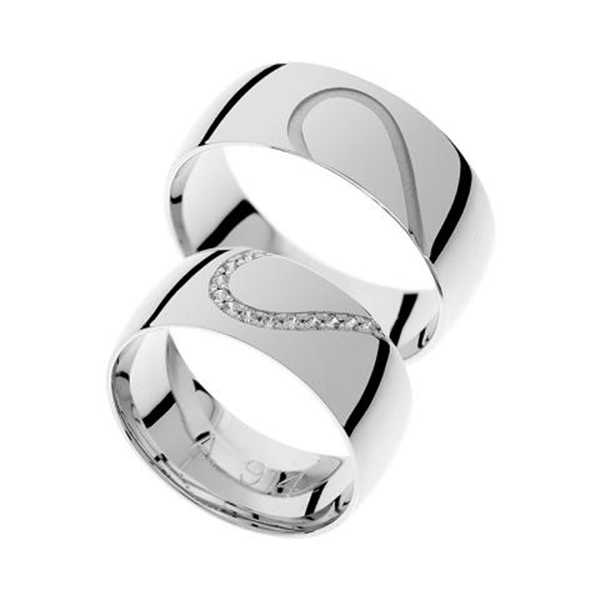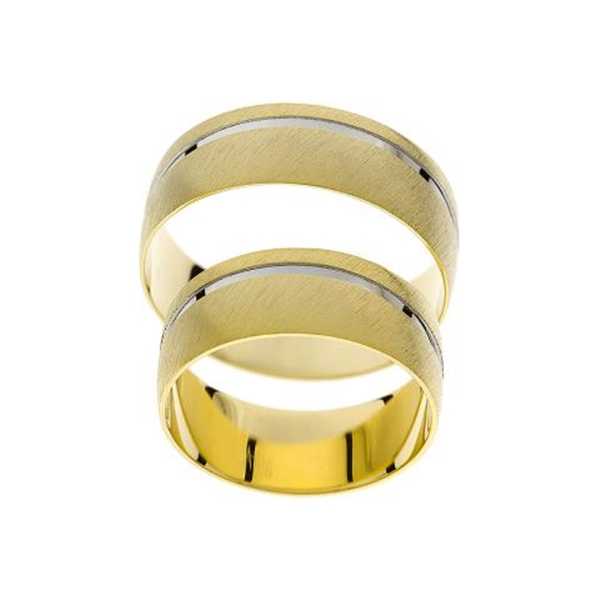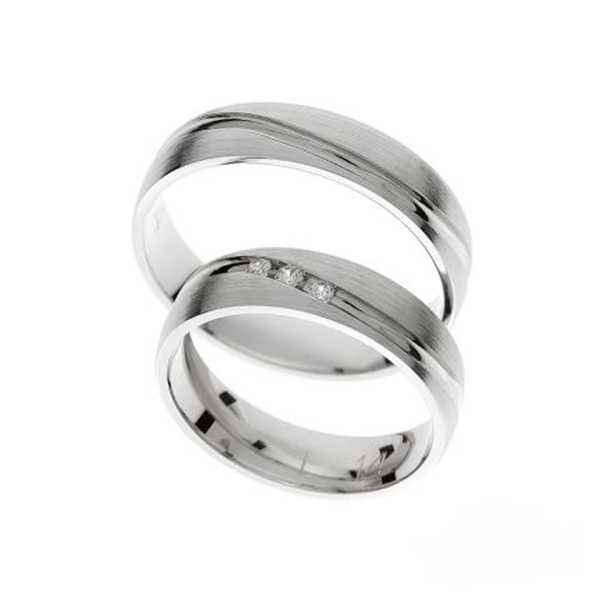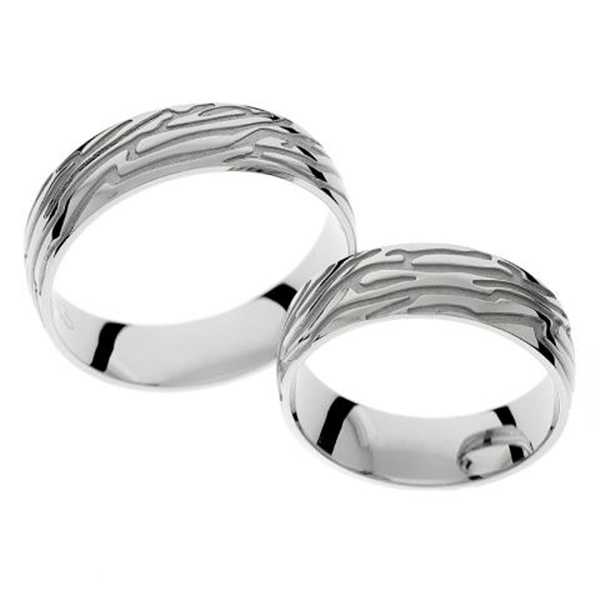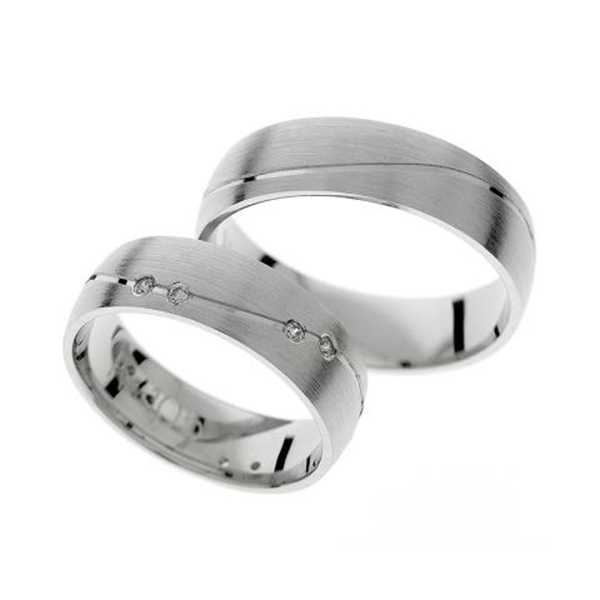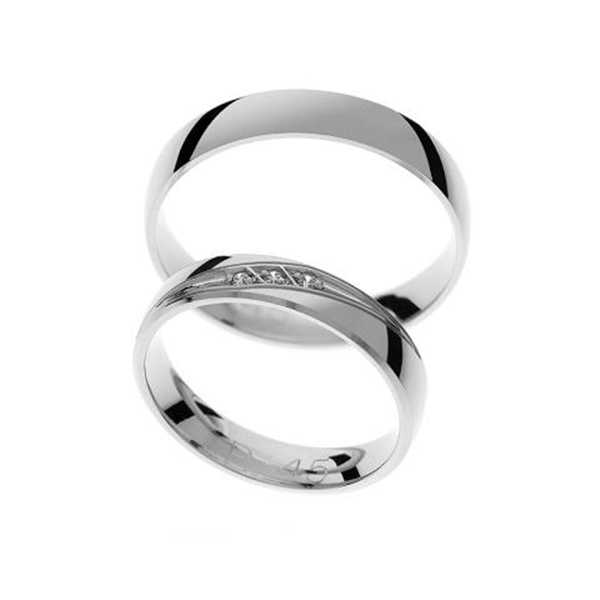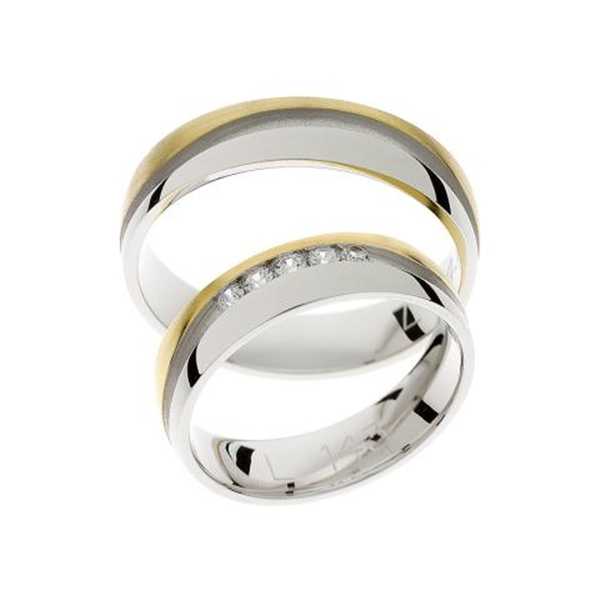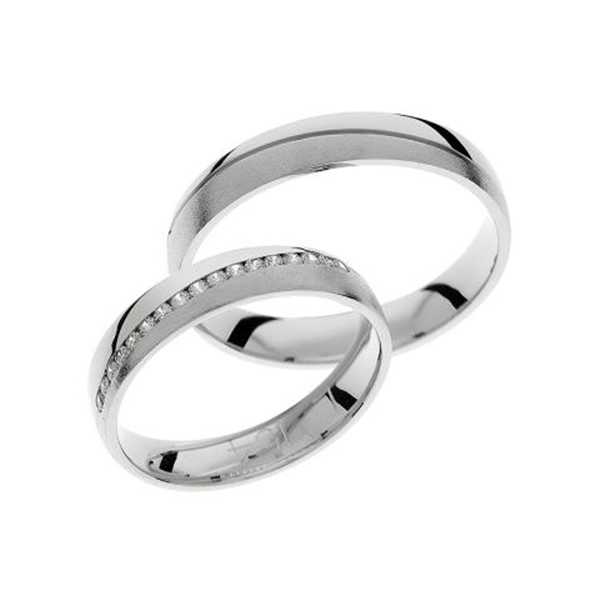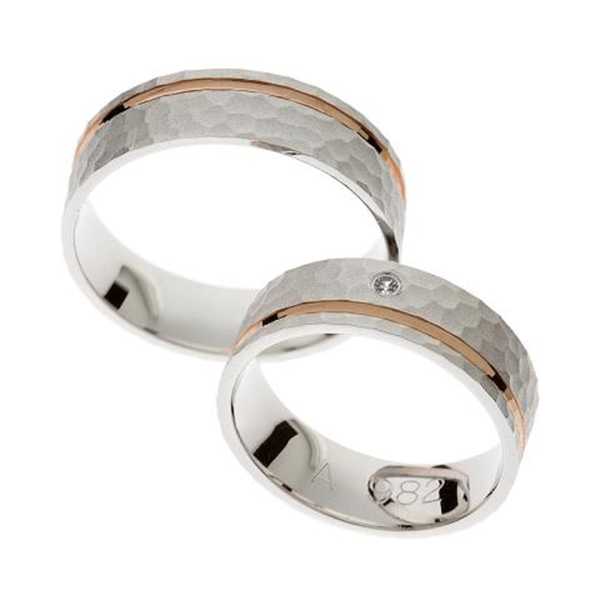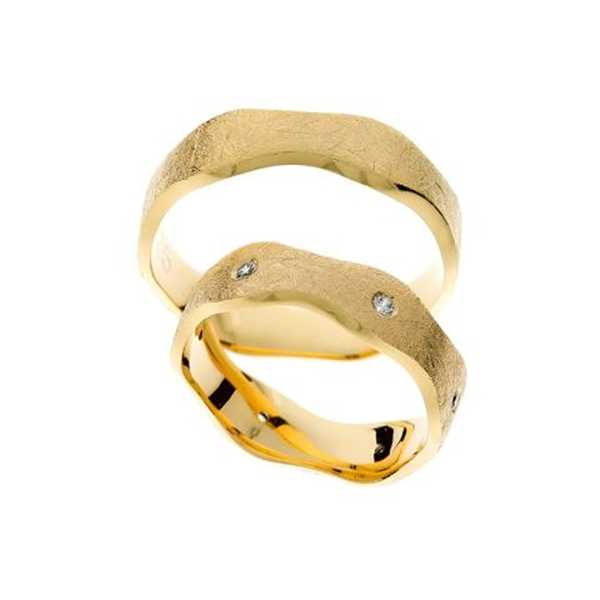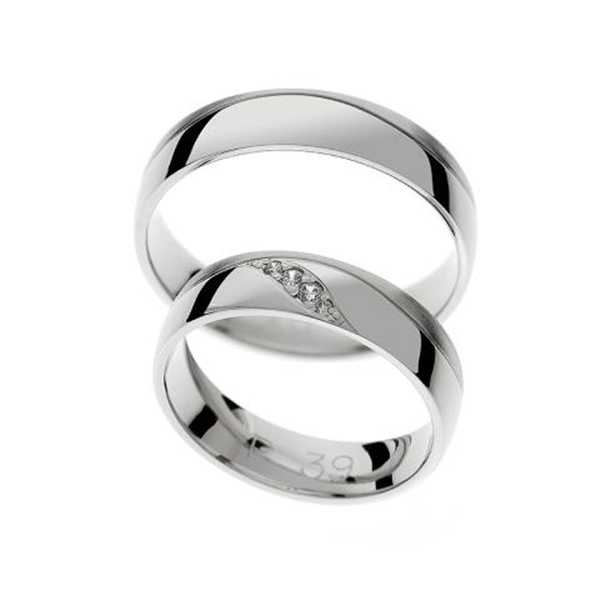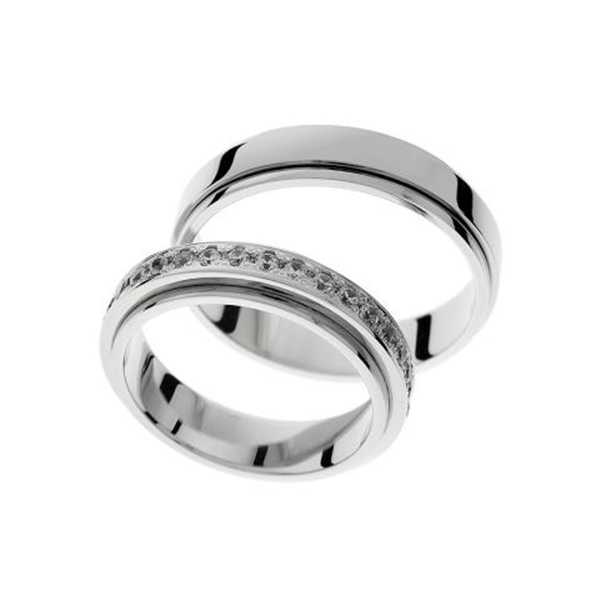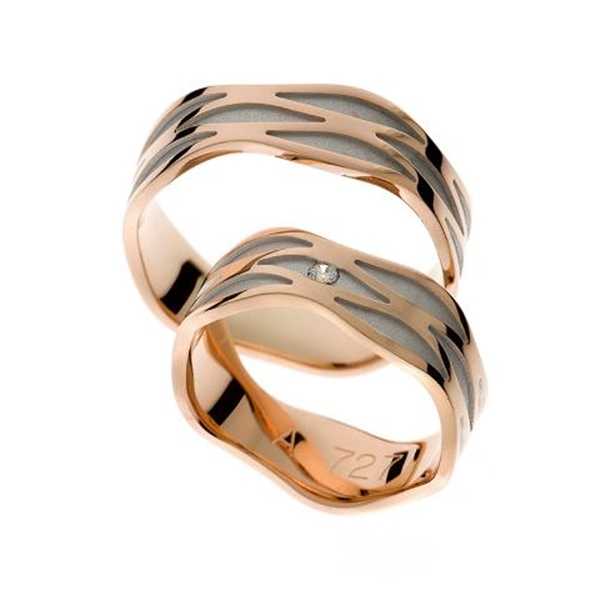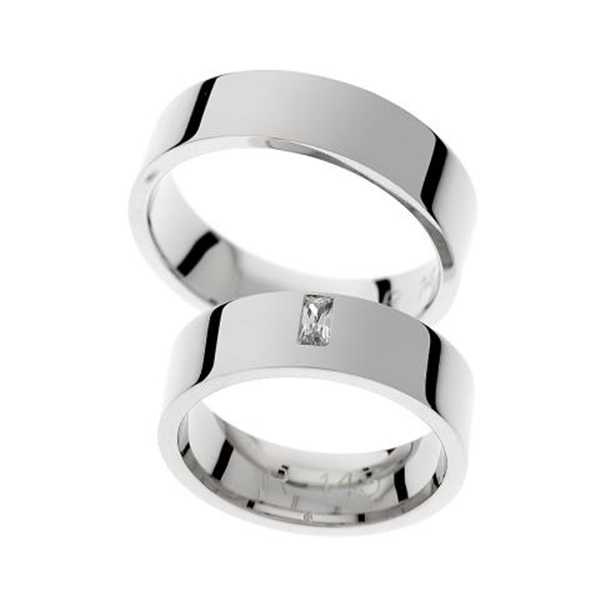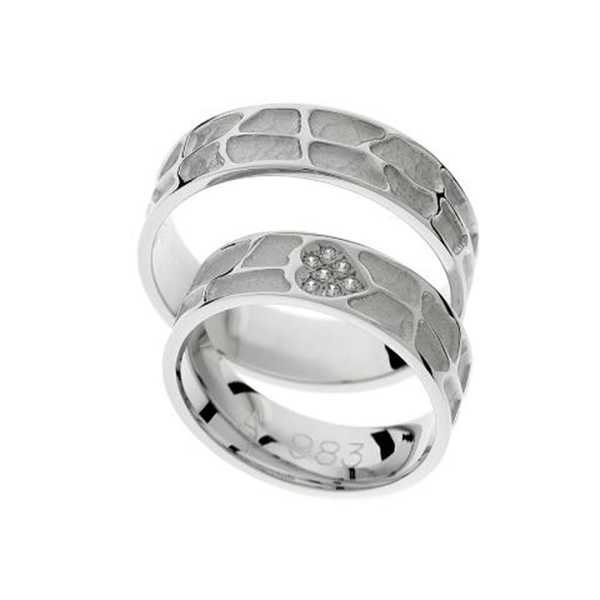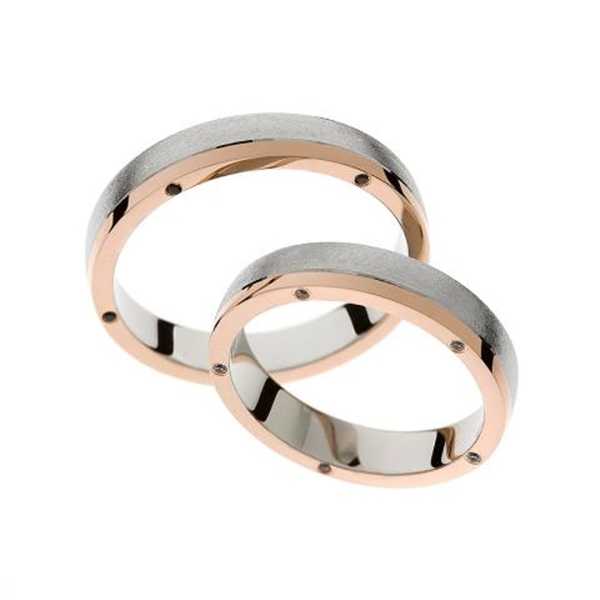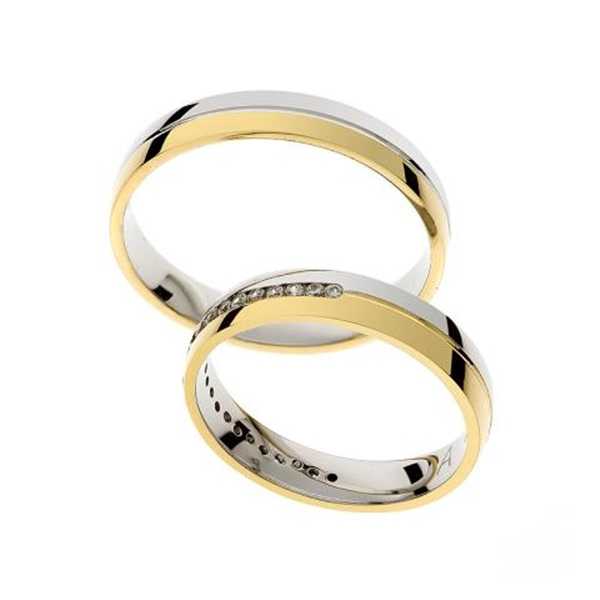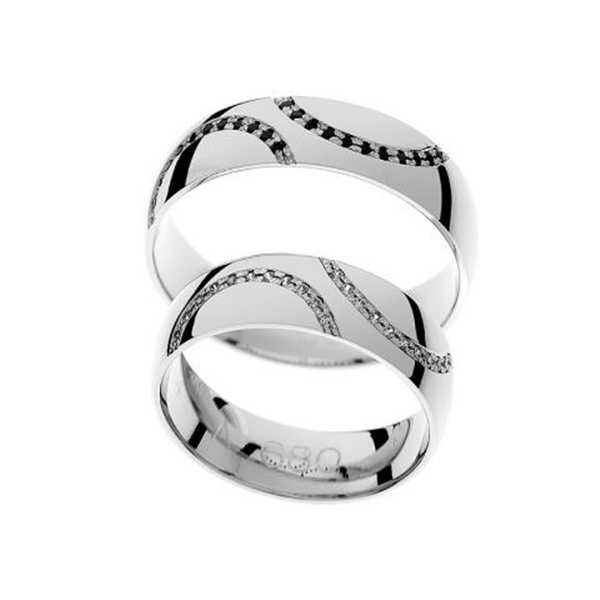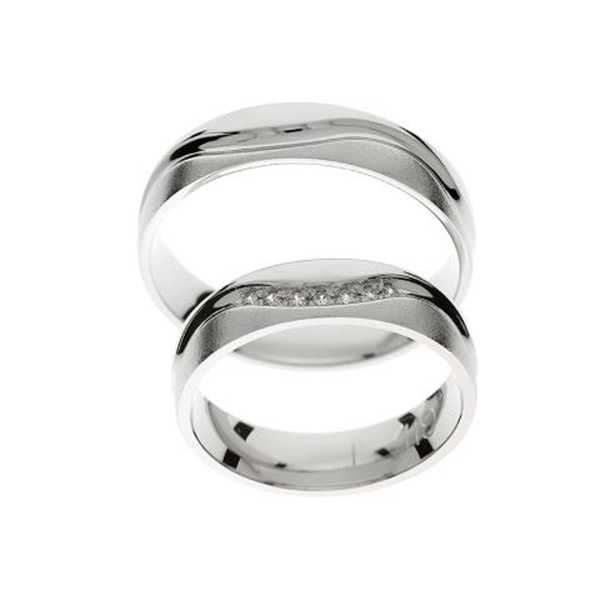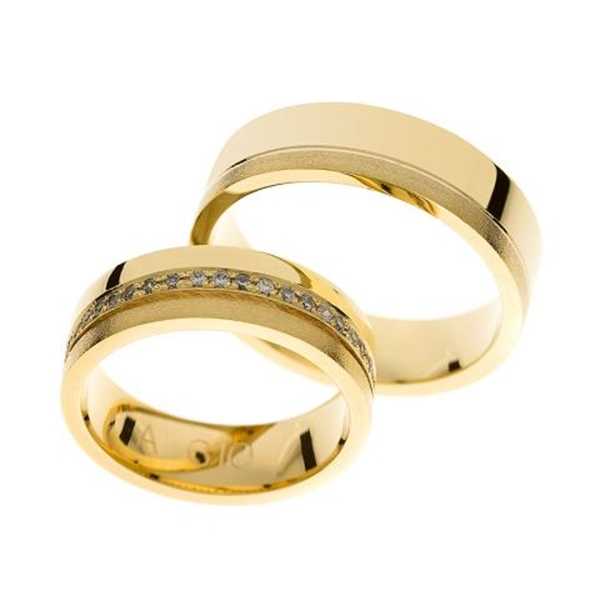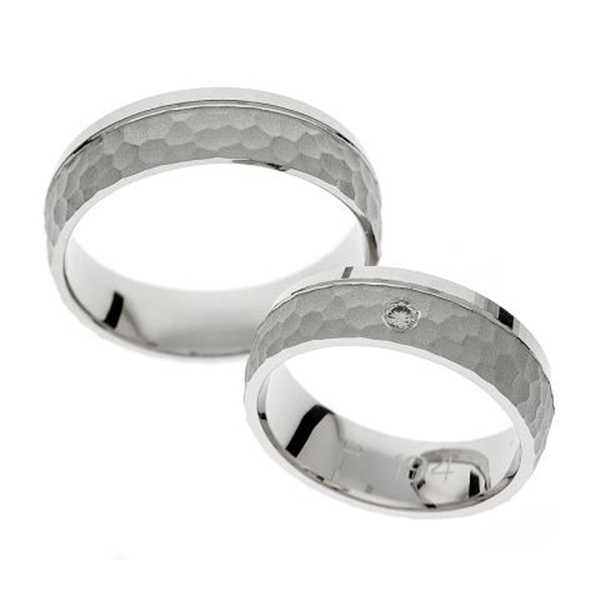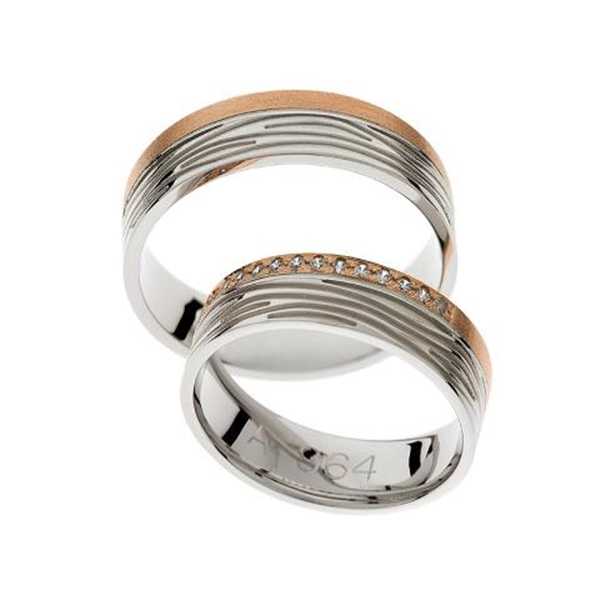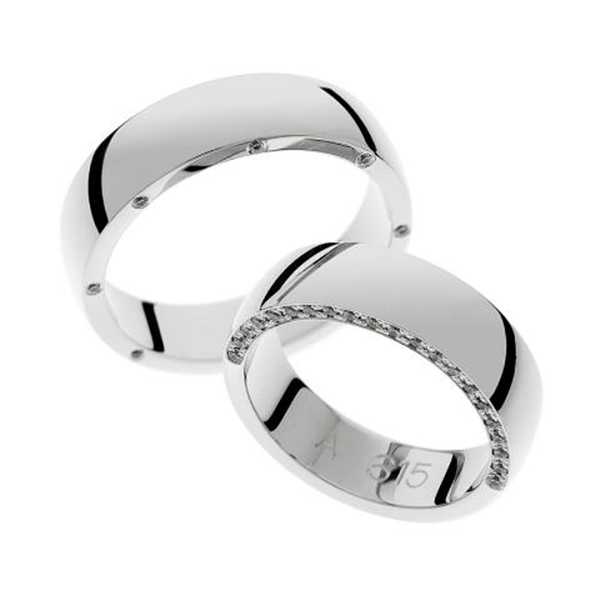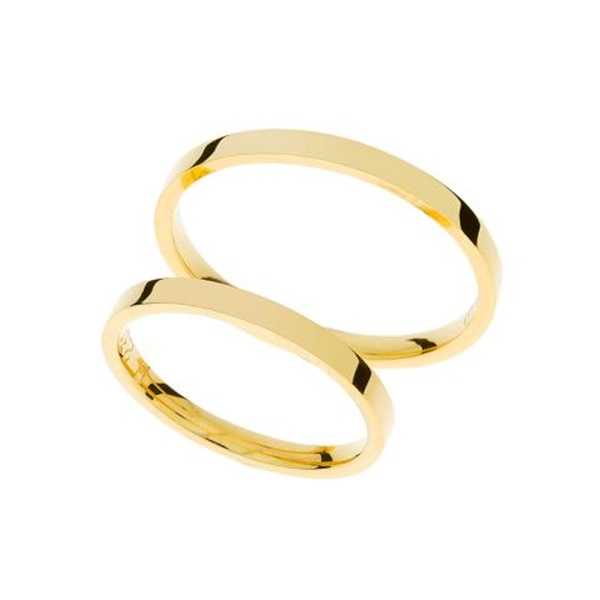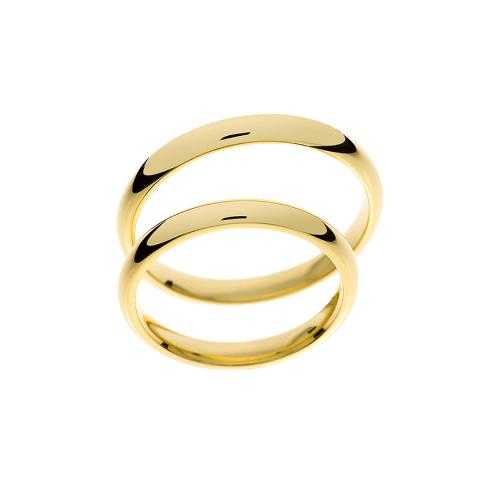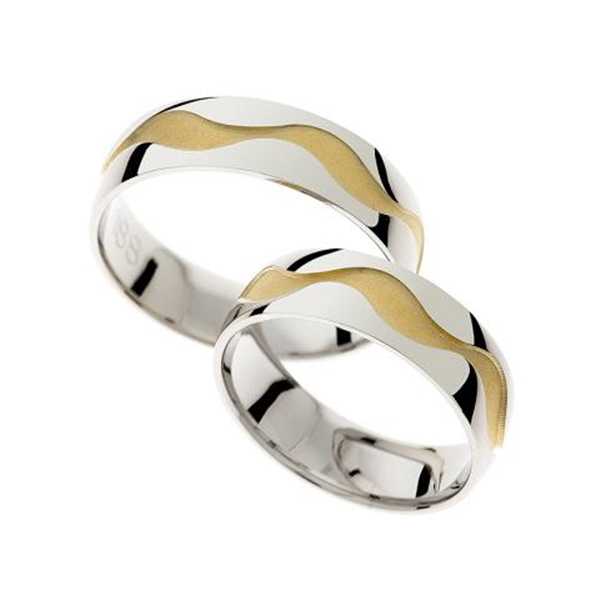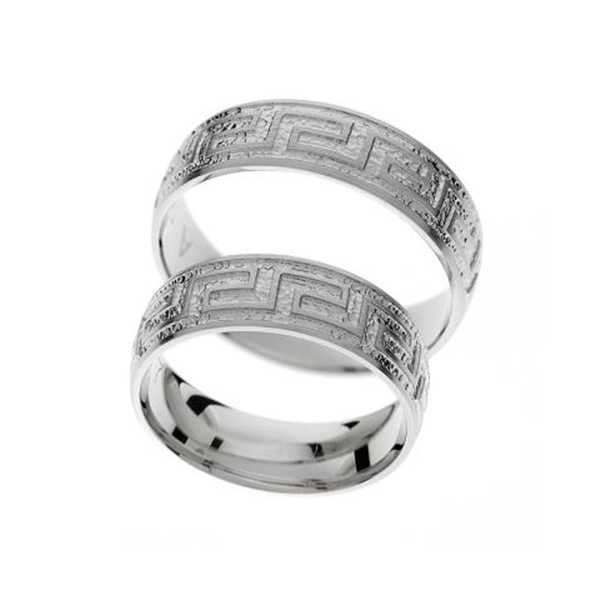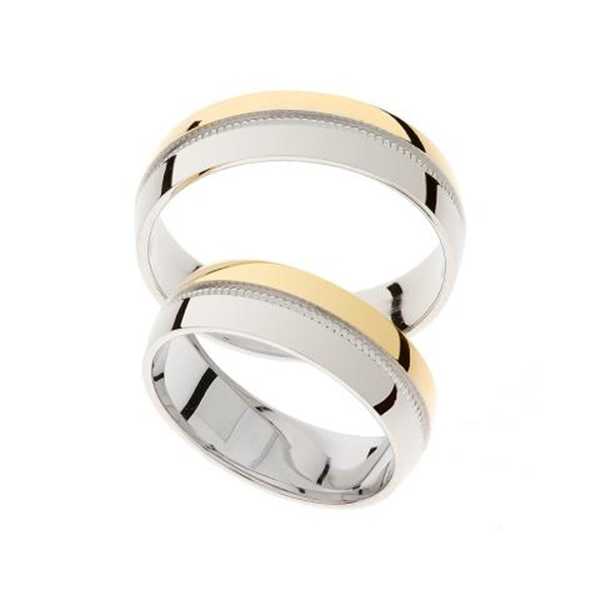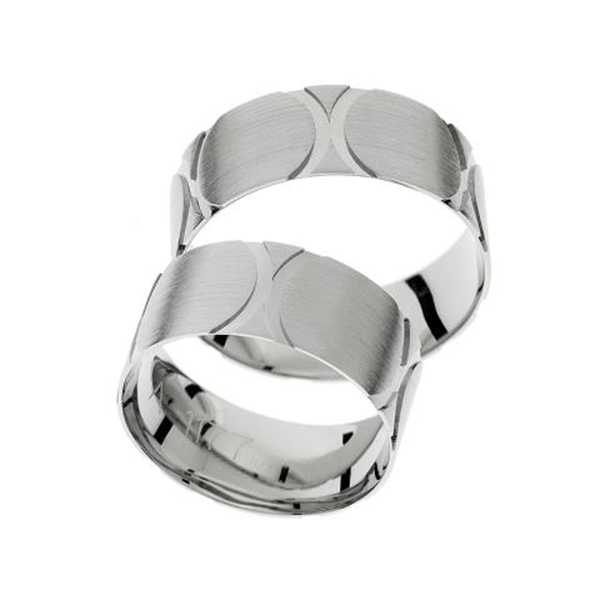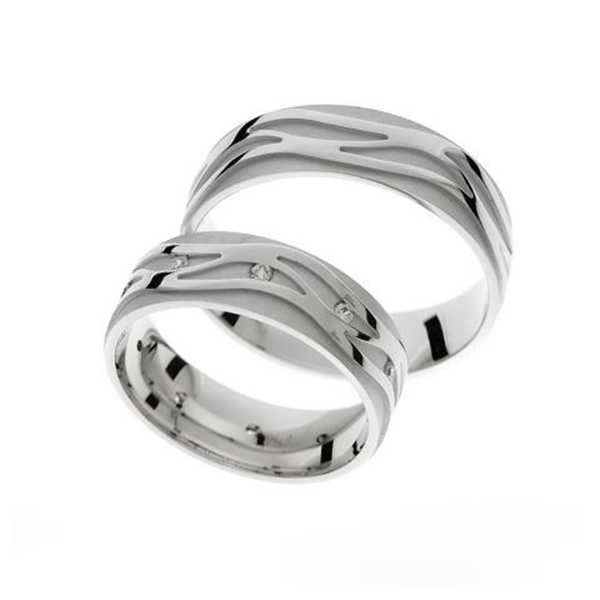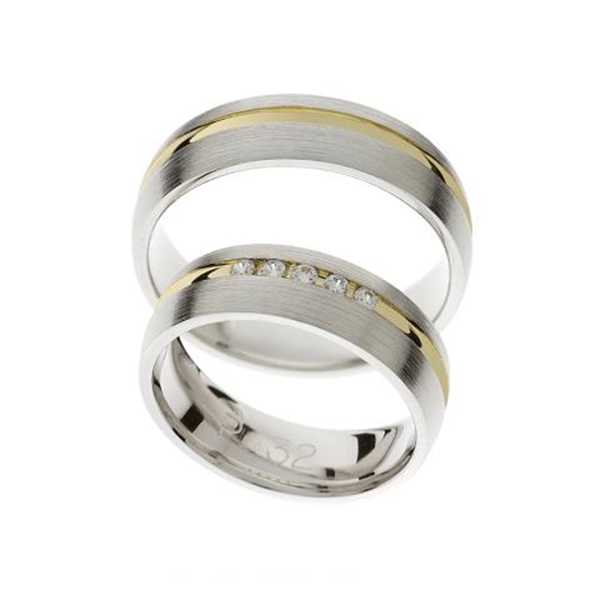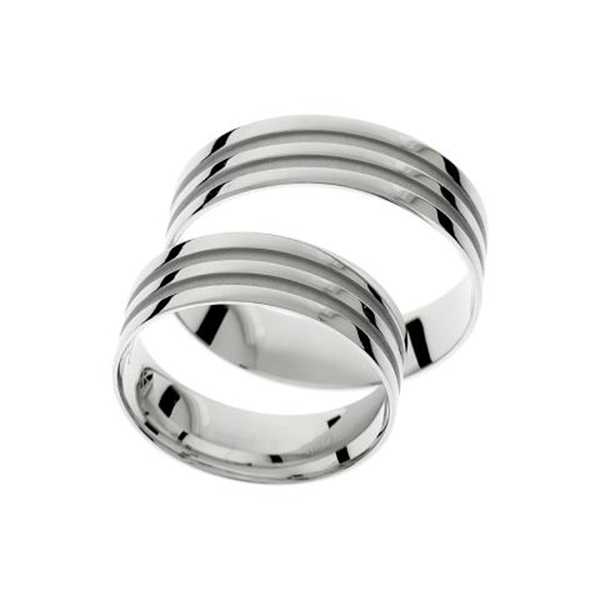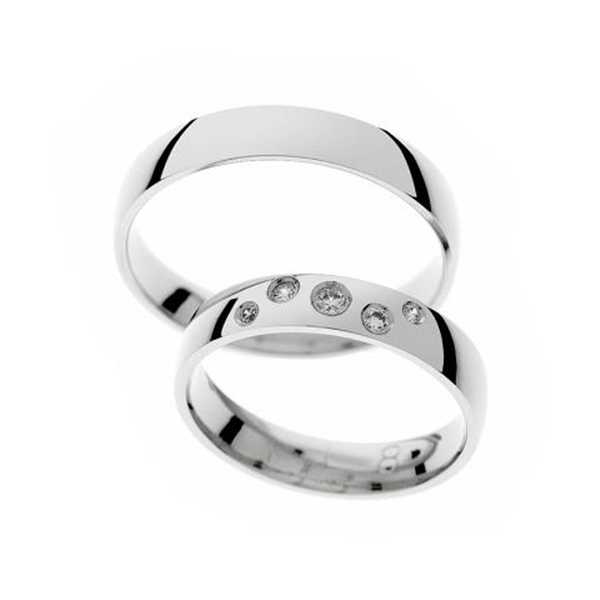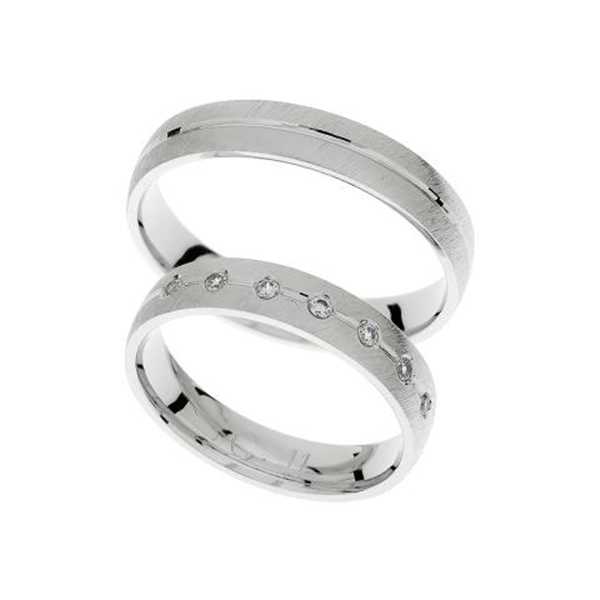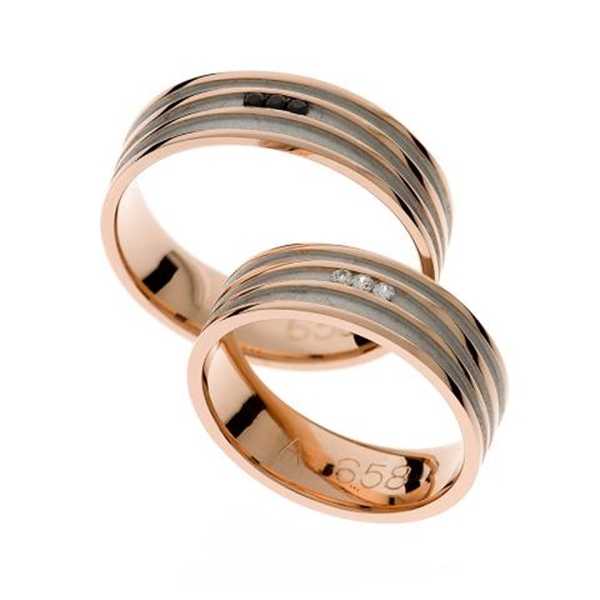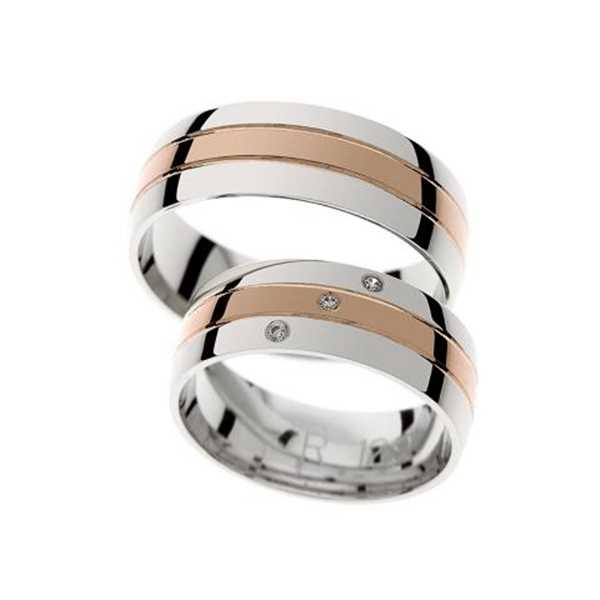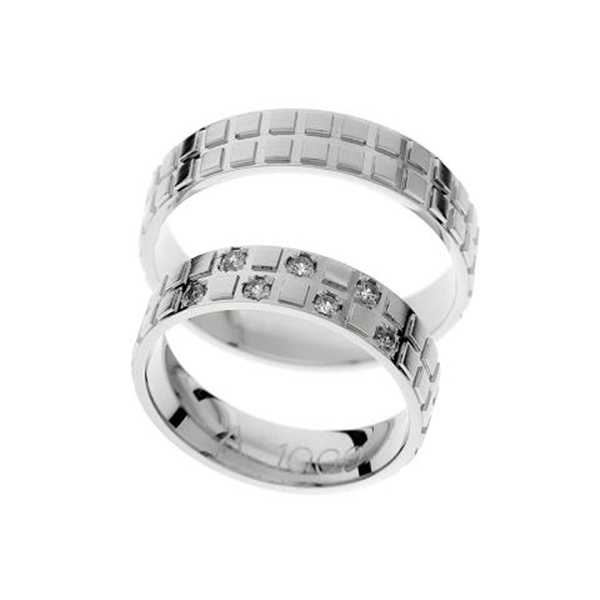An integral element of every home, that is, a water supply and sewerage system
As a rule, the work associated with the implementation of a plumbing installation is a stage in the construction of a house, to which most investors are rather indifferent. The installation just needs to be up and running for many years. Unfortunately, the lack of our interest and supervision of the work already at the design stage can be costly in the case of various types of failures.
Pipes in our house
In the case of this kind of work, it is very important not to try to do it yourself, but to rely on professionals with the appropriate equipment and experience. The same applies to the design of plumbing installations, which must be carried out by a specialist with experience in this field. When developing the project, he will take into account the needs of residents in water, correctly distribute pipes, sections, levels and approaches to sewerage, as well as choose finishing materials. We can provide water to our house from the plumbing or from our own well. The main elements of plumbing installations are pipes designed for transporting, distributing and discharging water, as well as various types of fittings and connectors that allow you to change the direction of pipes connecting segments and large diameters with smaller ones or connecting more than two pipes. The equipment also includes meters, siphons and ventilation devices. Water pipes can be laid on the wall, hidden under screens on the wall or in special wall grooves, however, it should be remembered that the separation of water and sewer pipes should be carried out in accordance with basic safety rules. They must be laid below gas pipes and electrical cables, and in the case of pipes with hot tap water, they must be located at least 10 cm above the cold water pipe. In the case of sewer installations, it should be remembered that they most often operate on the principle of gravity, which forces contractors to maintain a corresponding reduction in the located wires. The choice of pipes with the appropriate diameter is also extremely important. When it comes to the materials from which our plumbing installation will be made, plastics are most often used - polyvinyl chloride (PVC), polyethylene (PE) and polypropylene (PP). They are lightweight, flexible, non-corrosive and nothing is deposited in them. Copper or steel products are now used less frequently. Of course, before we make a final decision, it is worth asking the contractor for a comprehensive assessment of the various material options, which should include the cost of all materials and labor costs. Не ждите пока проститутки фео сами к вам приедут, а обратитесь к шлюхи Феодосии и эти куртизанки знают толк в сексуальных утехах.
An integral element of every home, that is, a water supply and sewerage system
As a rule, the work associated with the implementation of a plumbing installation is a stage in the construction of a house, to which most investors are rather indifferent. The installation just needs to be up and running for many years. Unfortunately, the lack of our interest and supervision of the work already at the design stage can be costly in the case of various types of failures.
Pipes in our house
In the case of this kind of work, it is very important not to try to do it yourself, but to rely on professionals with the appropriate equipment and experience. The same applies to the design of plumbing installations, which must be carried out by a specialist with experience in this field. When developing the project, he will take into account the needs of residents in water, correctly distribute pipes, sections, levels and approaches to sewerage, as well as choose finishing materials. We can provide water to our house from the plumbing or from our own well. The main elements of plumbing installations are pipes designed for transporting, distributing and discharging water, as well as various types of fittings and connectors that allow you to change the direction of pipes connecting segments and large diameters with smaller ones or connecting more than two pipes. The equipment also includes meters, siphons and ventilation devices. Water pipes can be laid on the wall, hidden under screens on the wall or in special wall grooves, however, it should be remembered that the separation of water and sewer pipes should be carried out in accordance with basic safety rules. They must be laid below gas pipes and electrical cables, and in the case of pipes with hot tap water, they must be located at least 10 cm above the cold water pipe. In the case of sewer installations, it should be remembered that they most often operate on the principle of gravity, which forces contractors to maintain a corresponding reduction in the located wires. The choice of pipes with the appropriate diameter is also extremely important. When it comes to the materials from which our plumbing installation will be made, plastics are most often used - polyvinyl chloride (PVC), polyethylene (PE) and polypropylene (PP). They are lightweight, flexible, non-corrosive and nothing is deposited in them. Copper or steel products are now used less frequently. Of course, before we make a final decision, it is worth asking the contractor for a comprehensive assessment of the various material options, which should include the cost of all materials and labor costs. Не ждите пока проститутки фео сами к вам приедут, а обратитесь к шлюхи Феодосии и эти куртизанки знают толк в сексуальных утехах.



